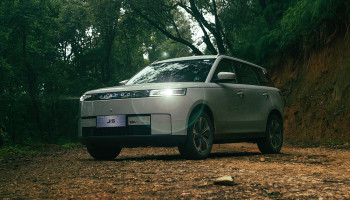Janakpur, the heart of the ancient Mithila civilization, is a place where history and legend intertwine. Believed to date back to Treta Yug, about 12,000 years ago, it was the kingdom of King Janak and the birthplace of Goddess Sita, a pivotal figure in the Ramayana.
This sacred city is home to the Janaki Mandir, a magnificent temple dedicated to Sita and Lord Ram. Its towering spires symbolize enduring love and devotion, reflecting the craftsmanship and faith of its creators. Beyond its historical and religious significance, Janakpur is a vibrant, living city. As the interim capital of Province 2, it bustles with daily life, culture, and tradition.
This city is where we find ourselves. But, here is the kicker. As we embark on this odyssey, as automobile journalists we are not in any mere car; we have a rather special car with us, which like the city itself, will be one of the most significant cars in years to come. We are talking about the Hyundai Venue. Finally, being assembled on our own soil, the Venue is poised to become one of the founding fathers to bring about what could possibly be a revolution in the Nepalese automobile industry. Let’s get on with it.
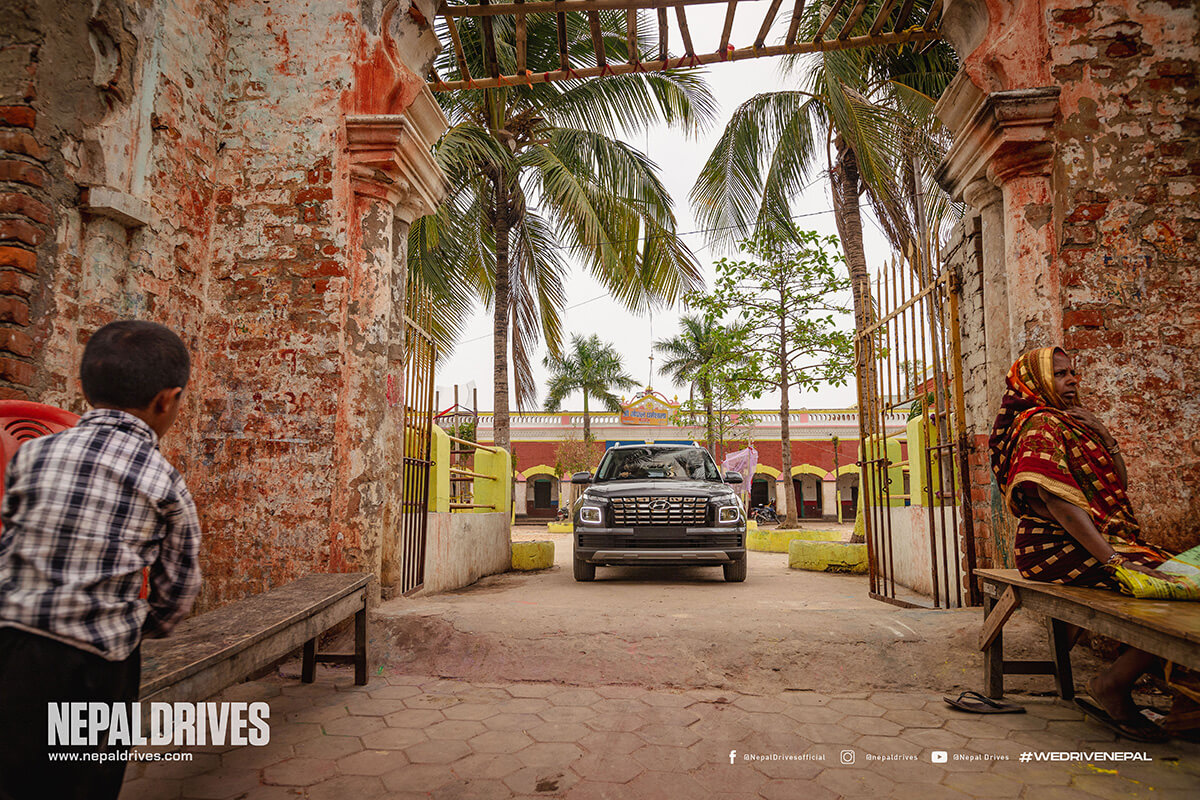
We’d like to start with the all-familiar exterior.
The Venue has long been regarded as a good-looking car. Hyundai's meticulous attention to detail is evident in the parametric-themed metallic finished grille, meticulously crafted to exude sophistication with its subtle dark accents. This grille not only enhances the vehicle's visual appeal but also marks a significant departure in the design language of the new Venue, heralding a refreshing change in its front fascia.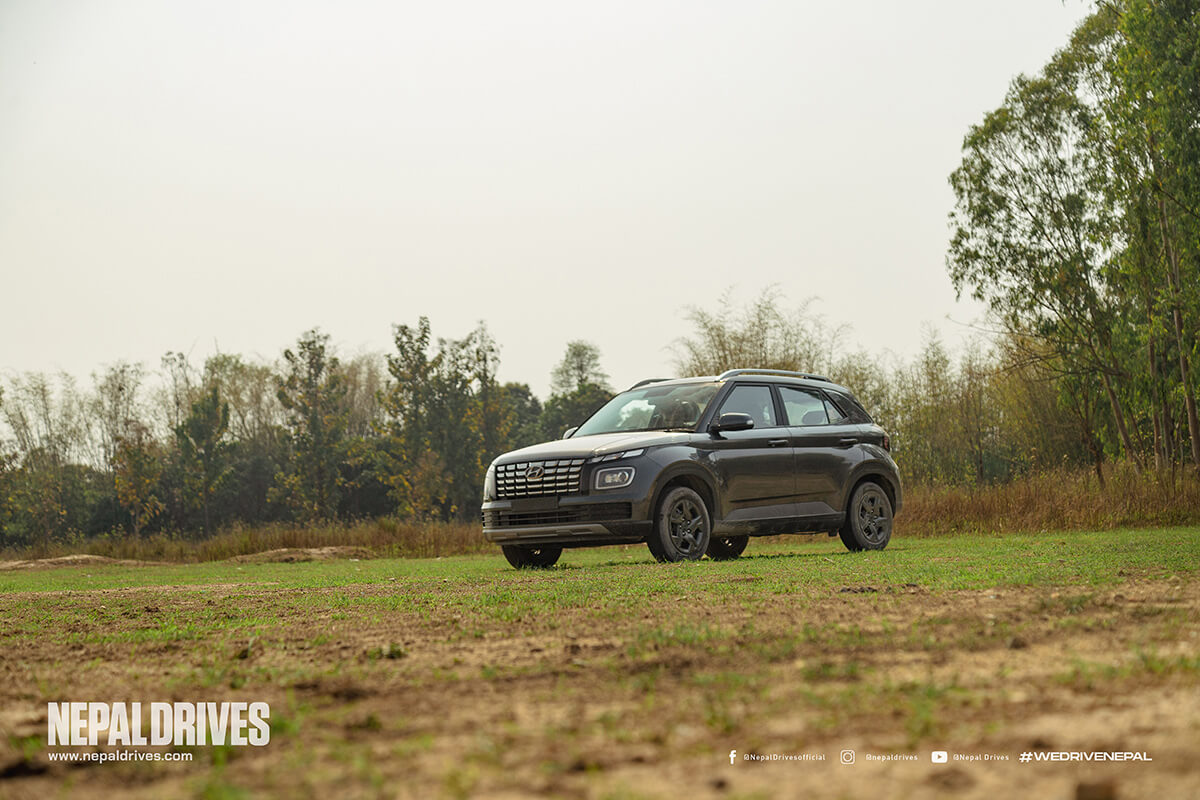
Up front, the Venue gets an all-LED ensemble, automatic LED projector headlamps and cornering lamps that lend a touch of modernity to its demeanour. On the rear, the bumper gets a new angular design which gives it a wider, more assertive stance. An end-to-end panel further accentuates this effect, seamlessly integrating with the overall design language.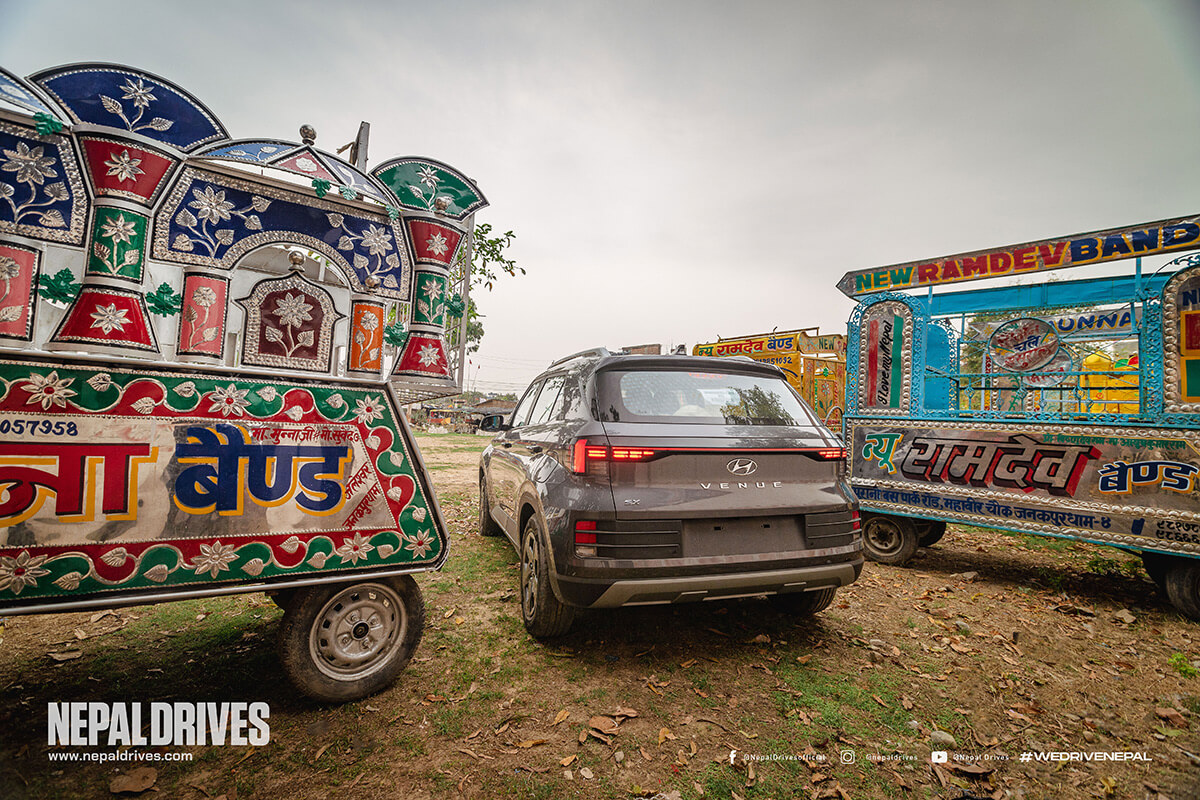
The evolution of the taillights, transitioning from a boxy, rectangular design to a more refined, staggered aesthetic has been done very well. This subtle yet impactful change adds a touch of sophistication to the rear profile, elevating the Venue's visual appeal. Yet, amidst these changes, the silhouette of the Venue remains a testament to its enduring appeal. While subtle tweaks have been made to enhance aerodynamics and visual aesthetics, the essence of the Venue's design ethos remains unaltered, staying true to its original timeless styling.
The Hyundai Venue has always been a car that has been loved, and this facelift serves as a reaffirmation of its enduring charm.
The interior brings a sense of familiarity
while introducing noteworthy enhancements. Sporting a fresh dual-tone scheme, the cabin now complements dark grey atop with the innovative "greige," a term coined by Hyundai, below. While closely resembling beige in colour, this choice may render the interior more prone to marks and smudges, something worth considering since it will require a fair bit of upkeep to keep clean.
Among the standout additions is the introduction of a flat-bottom steering wheel, adding a sporty yet ergonomic dimension to the driving experience. Similarly, the instrument cluster undergoes a modern transformation, transitioning to a fully digital display. This evolution not only enhances readability but also integrates practical features such as the Tyre Pressure Monitoring System, alongside offering real-time data on crucial parameters like range, current mileage, and active drive mode.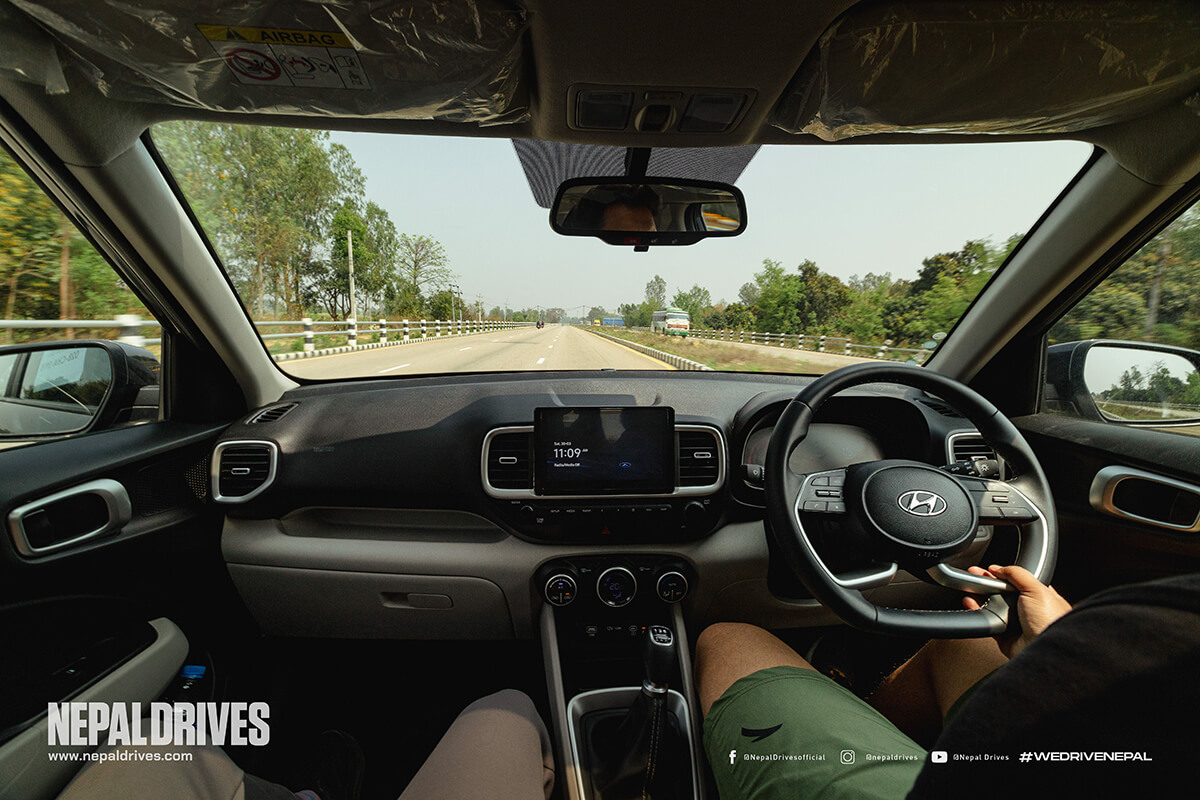
Central to the dash is an 8-inch touchscreen HD infotainment system, serving as the nexus for controlling climate settings, and media playback, and functioning as the display for the reversing camera with adaptive guidelines. While the quality of the display is commendable, the inclusion of wireless Android Auto and Apple CarPlay adds a layer of convenience for seamless smartphone integration. Lower on the center fascia, occupants will find wireless charging for their devices, alongside USB-C and USB-A charging ports, catering to diverse charging needs.
A premium addition to the package is the smart electric sunroof, which floods the cabin with natural light, creating an open and airy ambience. Sunroofs aren’t imperative to have in a car, but they make driving on open roads on a warm sunny day feel a whole lot better.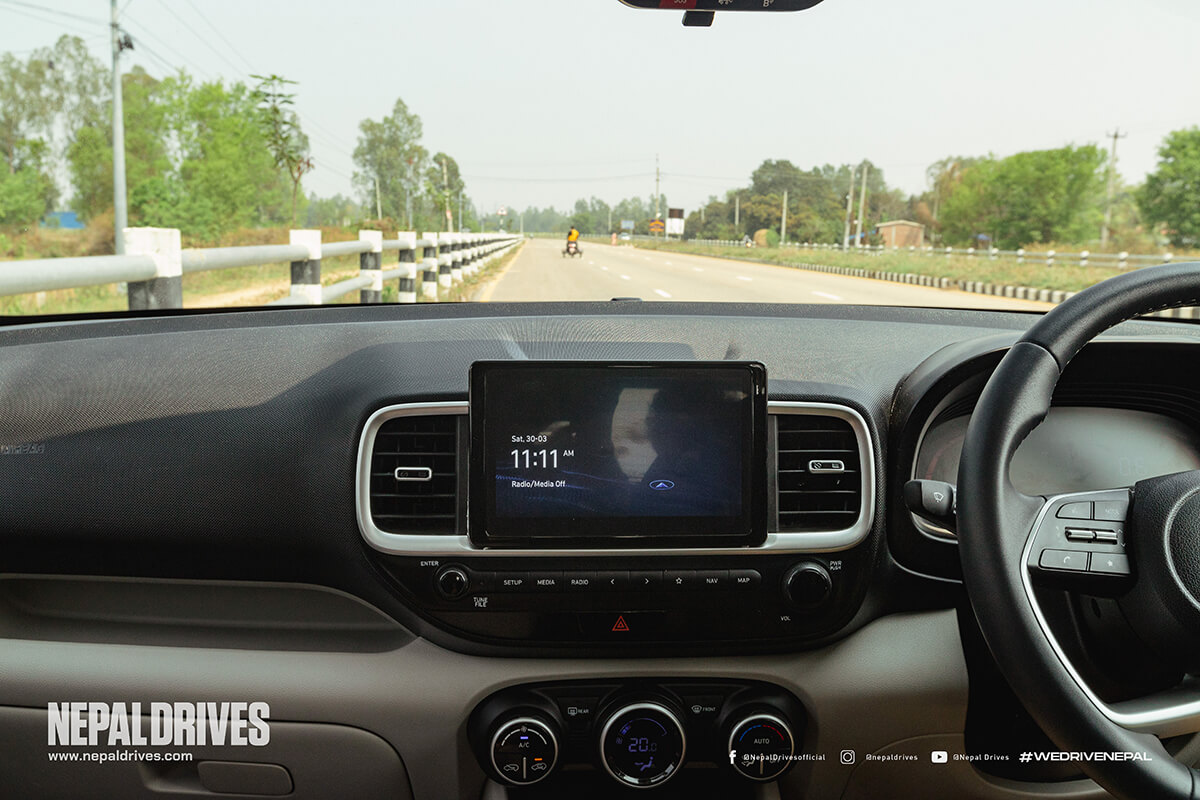
Comfort is prioritized with the seats offering ample back and thigh support, complemented by a favourable vantage point for driving. The SX(O) version boasts power-adjustable seats for the driver, a segment-first feature that adds a touch of luxury to the driving experience. Rear passengers benefit from generous headroom and knee-room, courtesy of redesigned front seats with scooped-out backs, providing more space for comfort.
That being said, accommodating three passengers in the back might be a snug fit, especially on longer road trips. A two-step reclining feature for the rear seats adds versatility, albeit activating it through a lever positioned next to the headrest feels slightly awkward. You get plenty of creature comfort in the form of rear AC vents along with a USB-C type charger for device connectivity. Additionally, a rear center armrest with cup holders can be useful when travelling with two rear passengers.
With 350 litres of boot space on offer, practicality remains a focal point, although it may not be expansive. Nevertheless, it suffices to accommodate a couple of suitcases for family outings or short trips.
Okay let’s hit the road
You have two engine options to choose from in the Hyundai Venue: a 1.2L petrol with a manual transmission and a 1.0L turbo petrol unit. We had the opportunity to drive both variants and chose the 1.2L for our trip to Janakpur, as it is expected to be the more popular choice among buyers.
The naturally aspirated 1.2L petrol engine delivers 83 BHP and a maximum torque of 113.8 NM. While driving, we noticed that it felt somewhat hesitant to accelerate rapidly. To achieve fast overtakes, you'll need to make full use of each gear and frequently downshift. However, what really impressed us was the engine's torque management.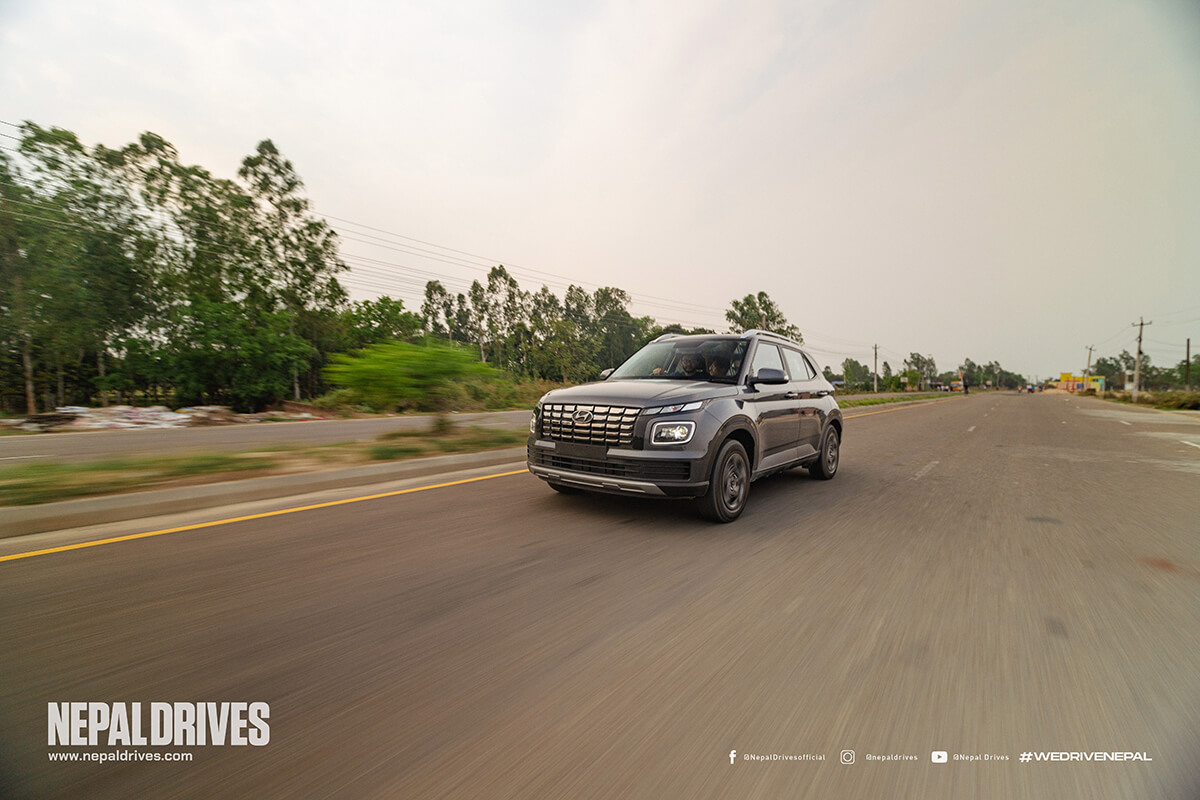
On the highway, this engine comfortably cruised at speeds of 80 to 100 kph in fifth gear, maintaining just 1500 rpm. On Janakpur's narrow, bumpy roads filled with rickshaws, the car could crawl in third gear at as low as 800 rpm without stalling. If you have a deft touch with the pedals, you can drive this car in a manner similar to a diesel engine, which is quite impressive.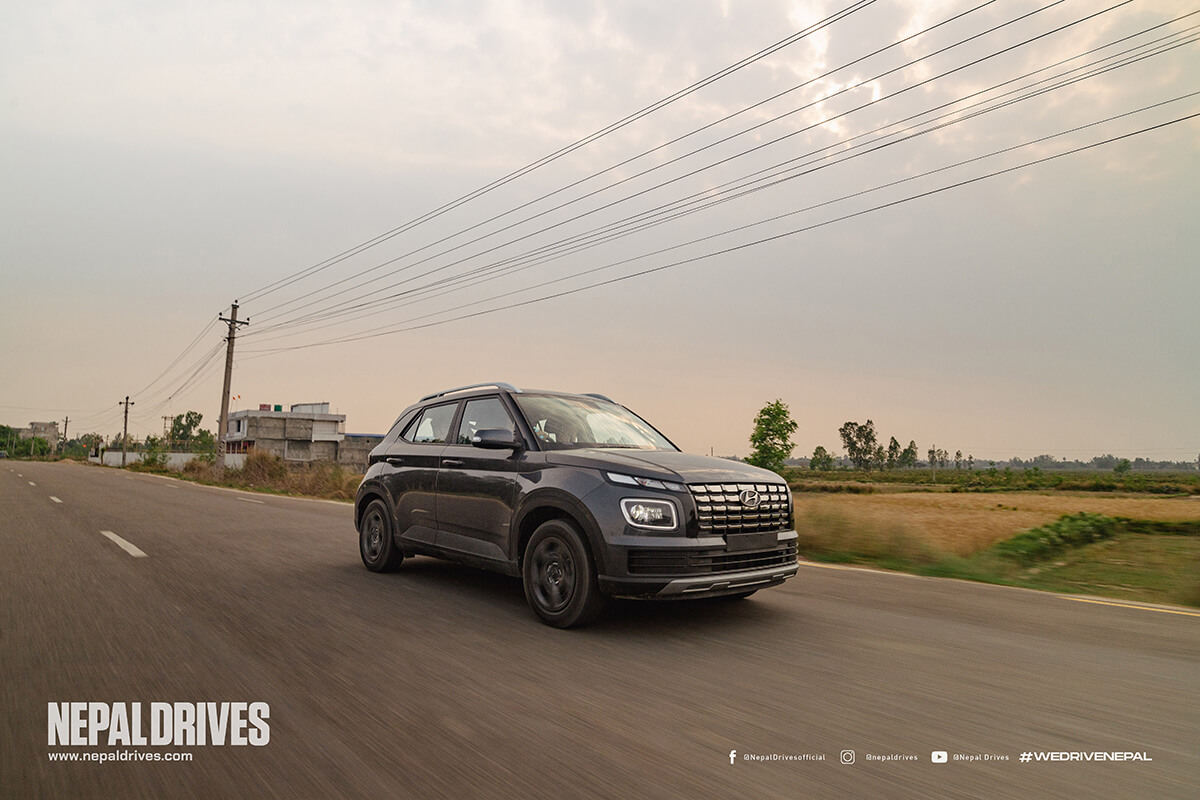
The 1.2L engine may not deliver exhilarating acceleration, but it compensates with its smooth and predictable performance. This engine is designed for everyday driving and excels in fuel efficiency, making it an ideal choice for urban commutes and long highway journeys alike. The engine's ability to maintain low RPMs while cruising enhances fuel economy, reducing the need for frequent refuelling stops. Additionally, its refined nature ensures that the cabin remains quiet and comfortable, even at higher speeds.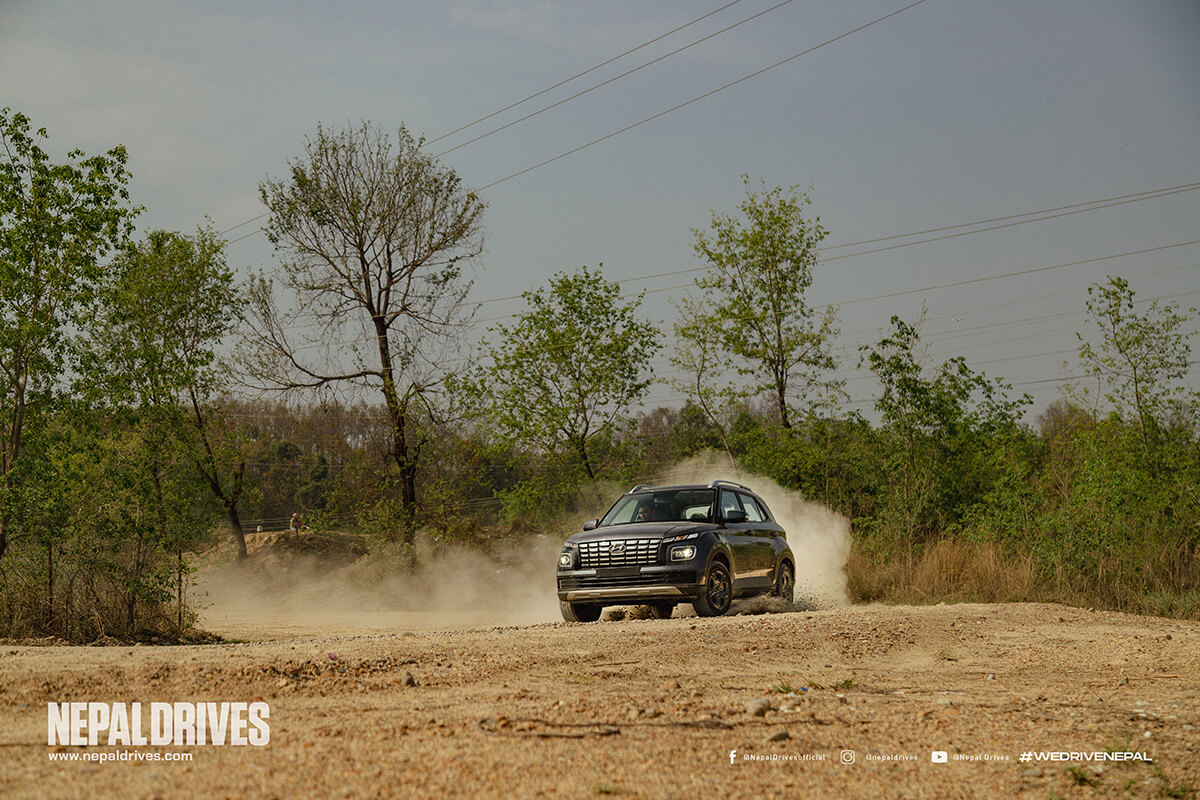
In terms of ride and handling, the Hyundai Venue lives up to the brand's reputation for delivering nearly faultless performance. One common complaint we've had with most Hyundais is that the steering tends to be too light and flimsy. However, the steering in this unit has been slightly tweaked to offer better feedback, which we found to be a significant improvement. We put the car through a rigorous test on the winding roads of Sindhuligadhi, and it performed admirably. Although bumps and potholes were noticeable, they didn't pose a major issue. It's worth noting that if you push the car hard, you will experience some body roll.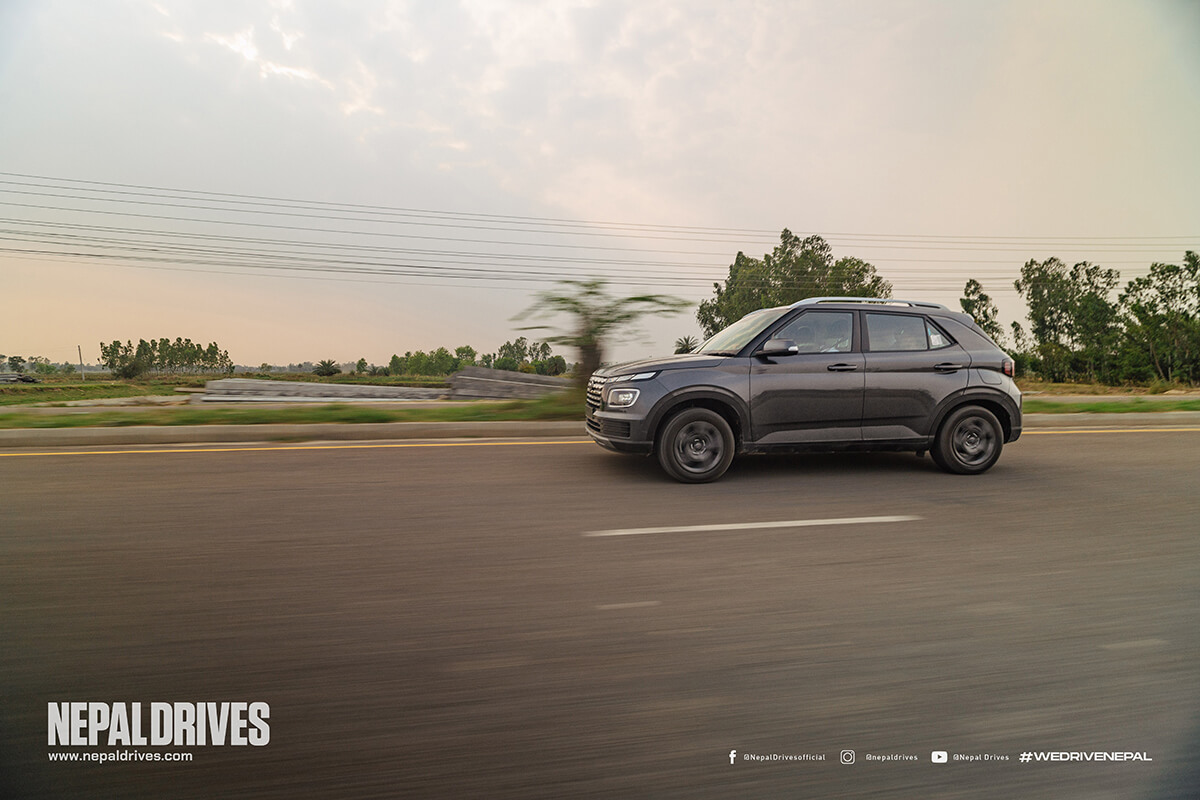
Hyundai has clearly focused on providing a balanced ride, ensuring that the Venue can handle various road conditions with ease. The suspension setup effectively absorbs minor road imperfections, contributing to a comfortable driving experience. Even on the winding roads, the car maintained stability and composure, allowing for confident handling through sharp turns and curves. The improved steering feedback enhances the driver's connection to the road, making it easier to navigate through both city traffic and more challenging terrains.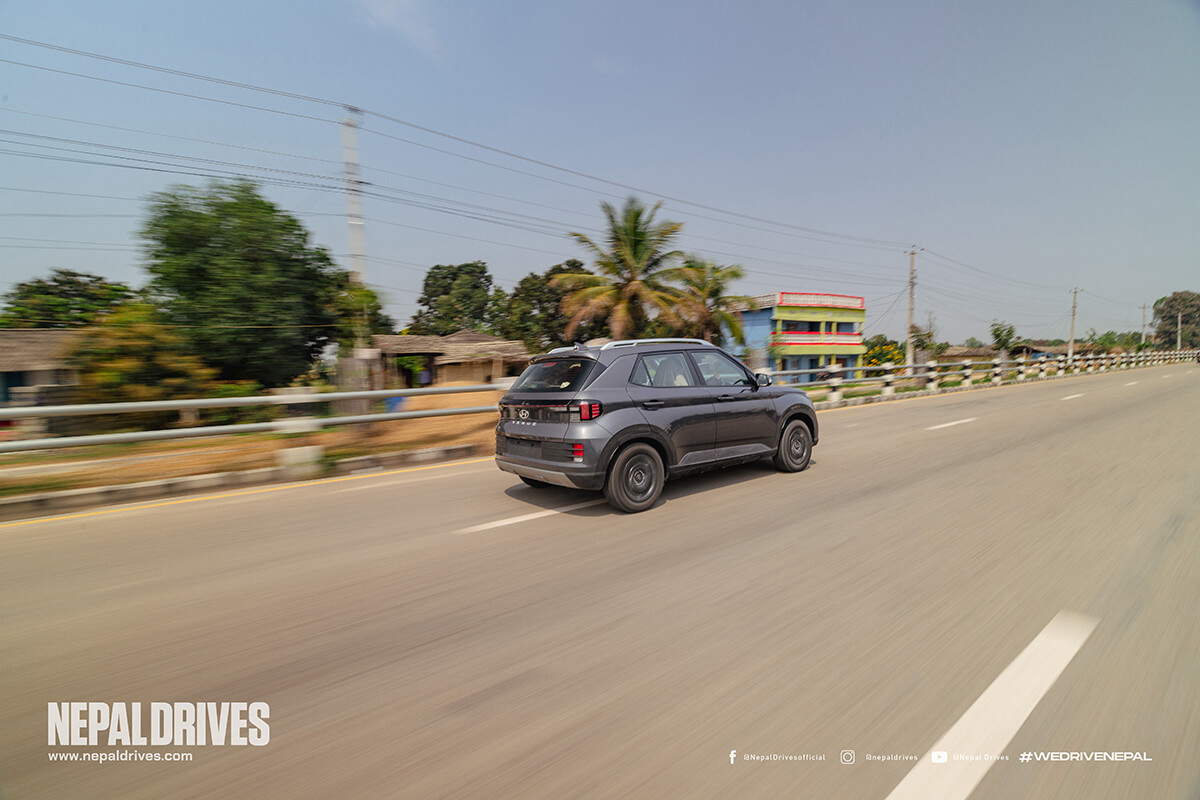
In terms of safety, the Hyundai Venue is well-equipped with features designed to protect both the driver and passengers. It includes ABS with EBD, dual airbags, electronic stability control, a brake assist system, hill assist control, and a reversing camera with guidelines. These features provide peace of mind and contribute to a secure driving experience. The inclusion of electronic stability control and hill assist control is particularly noteworthy, as these systems enhance the vehicle's stability and control in various driving conditions, ensuring that even less experienced drivers can handle the car with confidence. Overall, the 1.2L engine drives beautifully and is well-suited for everyday use. However, it does lack the spirited performance that driving enthusiasts might crave.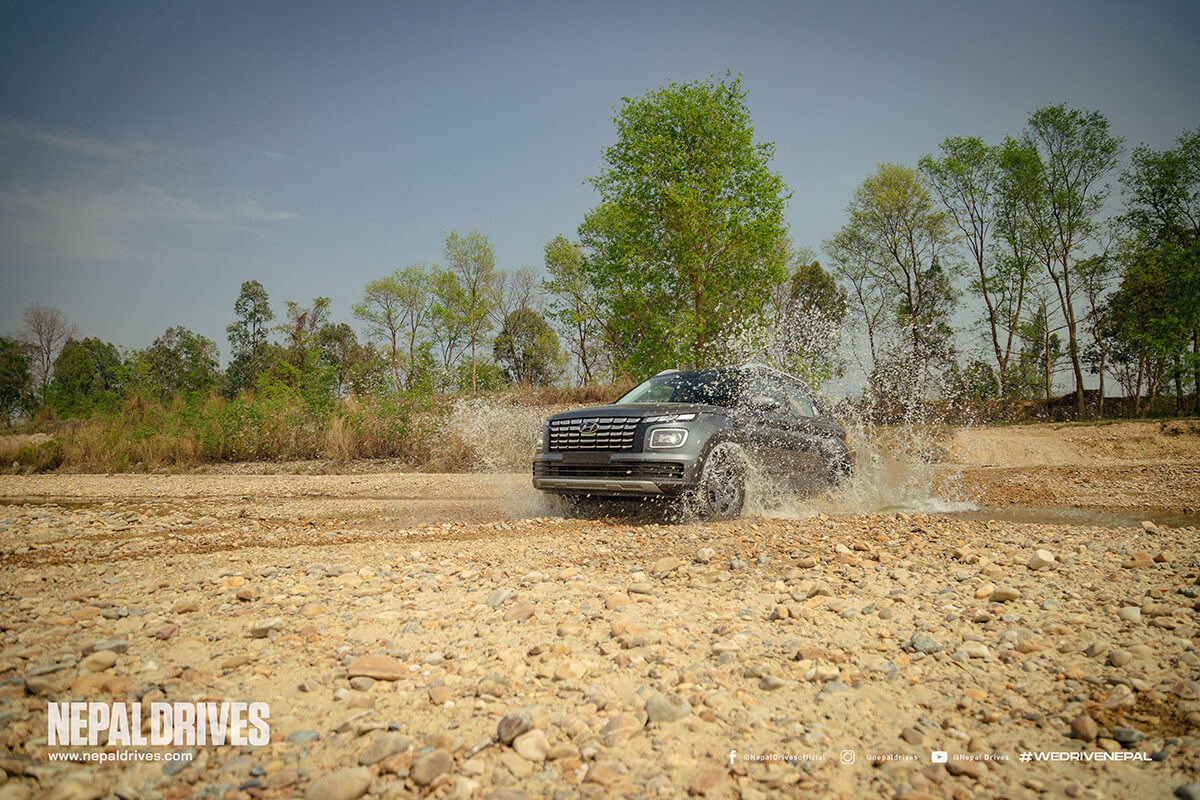
In conclusion, the Hyundai Venue delivers on ride quality, handling, and safety, making it a solid option for a wide range of drivers. Whether you prioritize fuel efficiency and comfort or a more spirited driving experience, the Venue has something to offer. With its comprehensive safety features and refined driving dynamics, it stands out as a versatile and reliable choice in the competitive compact SUV segment.
Driving back from Mystic Mithila we concluded that
Janakpur is a destination that deserves far more recognition and promotion than it currently receives. It has all the attributes to become a major tourist hotspot in the country. With its rich geography and profound mythology, it has the potential to attract millions of Hindu tourists annually, yet we remain hesitant to fully explore this possibility.
Janakpur, often referred to as the birthplace of Sita from the epic Ramayana, is steeped in historical and cultural significance. Its temples, such as the iconic Janaki Mandir, and vibrant festivals, like Vivah Panchami, offer a unique blend of spirituality and tradition that can captivate any visitor. Additionally, the natural beauty surrounding the area provides a serene backdrop for pilgrimages and tourism. Despite these incredible assets, Janakpur remains under-promoted, missing out on the opportunity to shine as a beacon of heritage tourism in Nepal.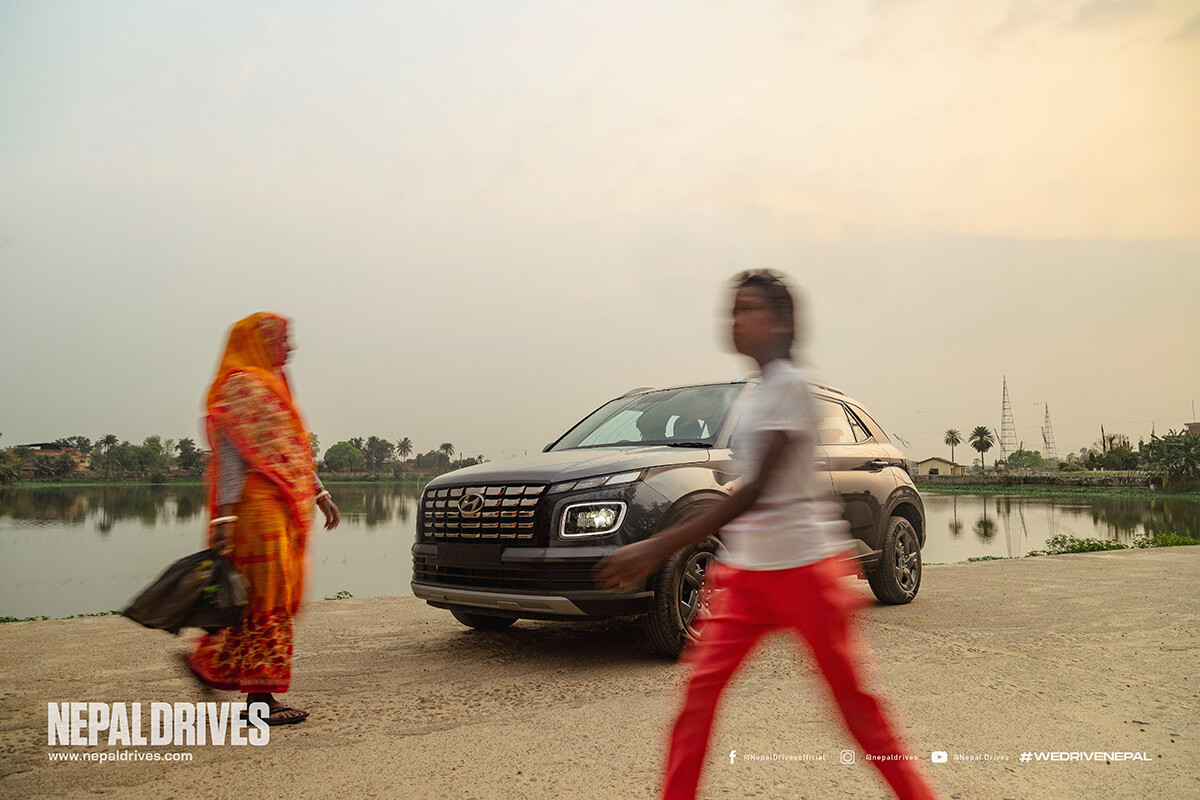
Similarly, the Hyundai Venue is a car that deserves much more recognition than it currently gets. Visually appealing with a sporty and youthful design, the Hyundai Venue is an excellent drive. It stands toe-to-toe with its competitors in terms of features and creature comforts, making it a car that you can happily live with. The interior is thoughtfully designed with user-friendly technology, comfortable seating, and ample cargo space, ensuring a pleasant experience for both drivers and passengers. The Venue offers a smooth and responsive driving experience, backed by Hyundai's reputation for reliability and quality.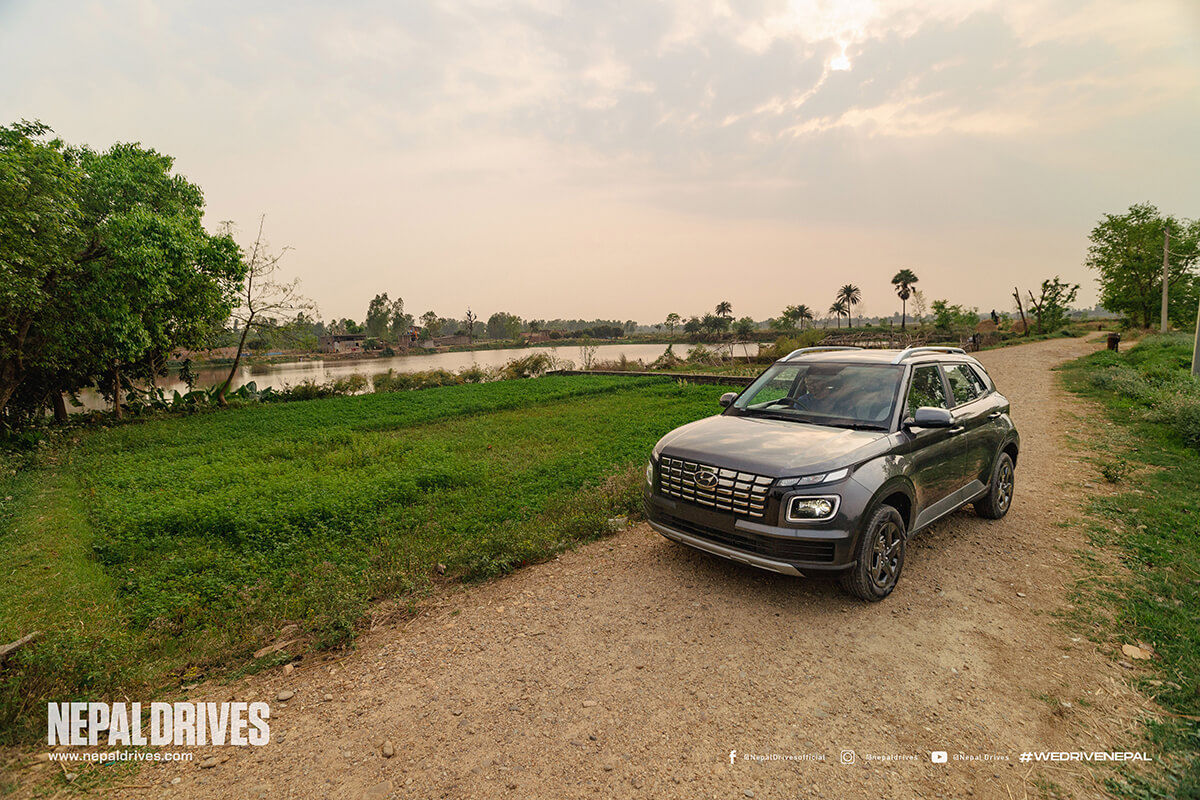
Moreover, the Hyundai Venue rivals its competitors with a competitive price point and low cost of ownership, making it an attractive option for budget-conscious buyers. It's always been a no-brainer recommendation for individuals and small families, thanks to its versatility and practicality. Whether you're navigating city streets or embarking on a weekend getaway, the Venue is up to the task, of providing a reliable and enjoyable ride.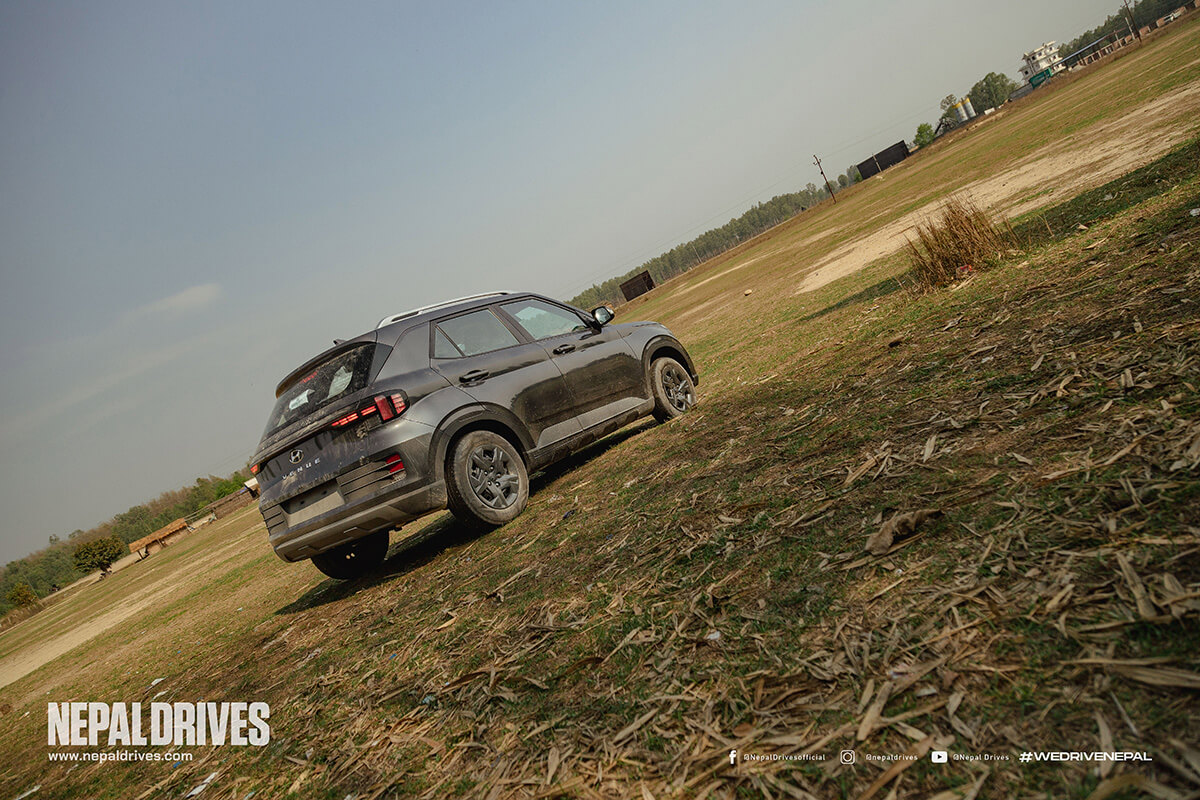
And now, with the added bonus of being assembled right here in Nepal, it truly is the icing on the cake. This local assembly not only contributes to the economy but also ensures that spare parts and maintenance services are readily available, further enhancing the car's appeal. By supporting local assembly, buyers are also contributing to the growth of the automotive industry in Nepal, fostering job creation and technological advancement.
Both Janakpur and the Hyundai Venue have immense potential that remains underappreciated. Janakpur, with its rich cultural heritage and natural beauty, is a hidden gem waiting to be discovered by the world. Meanwhile, the Hyundai Venue, with its stylish design, comprehensive features, and now local assembly, stands out as an excellent choice in the compact SUV segment. By recognizing and promoting these treasures, we can unlock new opportunities for tourism and automotive excellence in Nepal.
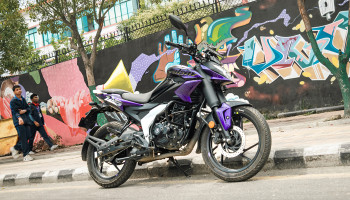
Bajaj Pulsar N125 Review: Can It Stand Out Among 125cc Rivals?
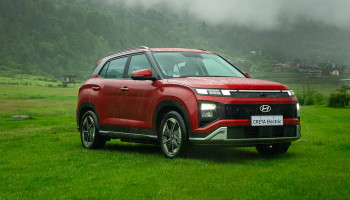
Jiri: Revisiting the Forgotten Town In the Hyundai Creta EV
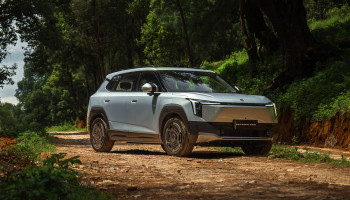
Nammi Vigo: A Budget-Friendly Contender with Big Ambitions
